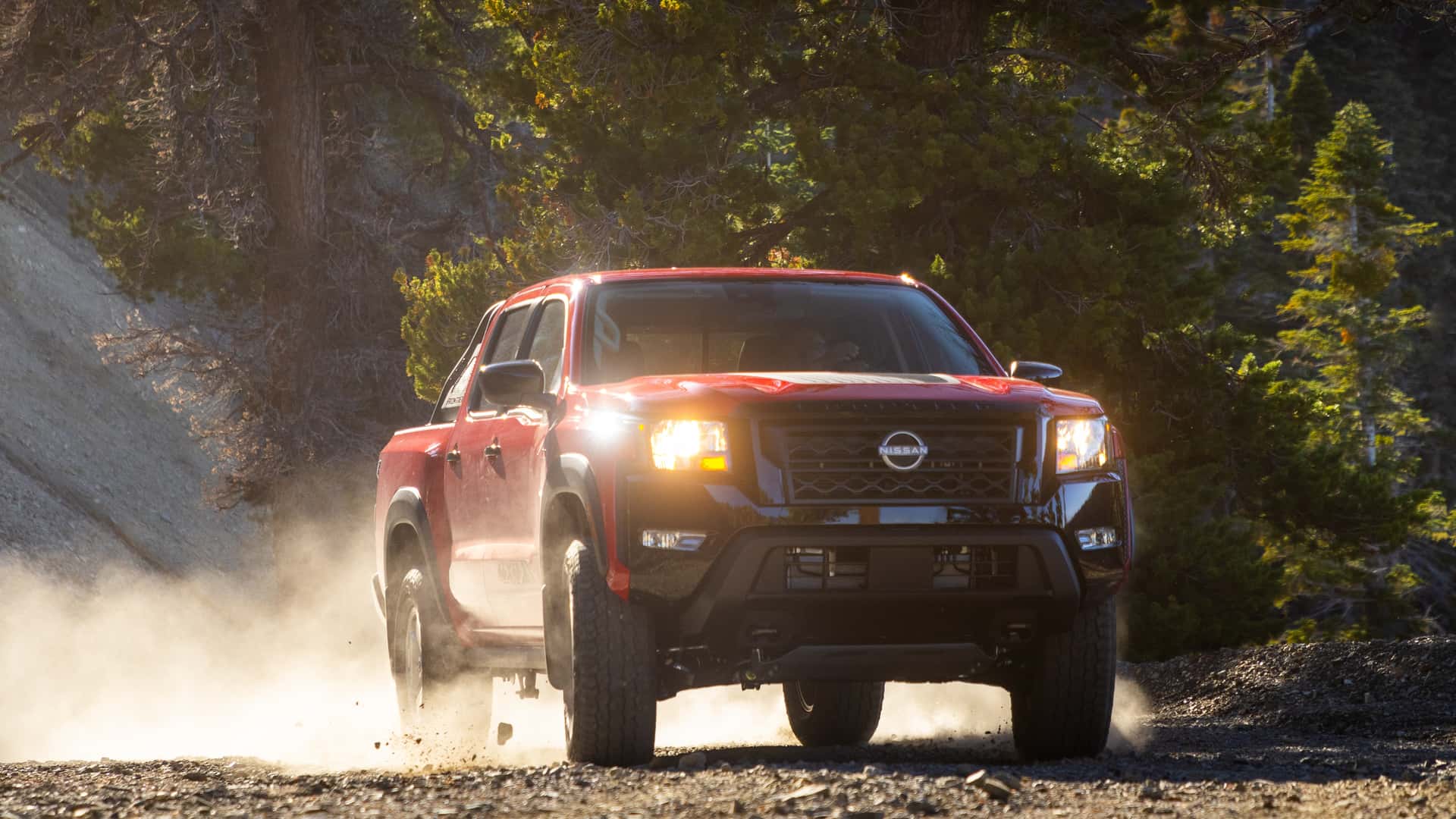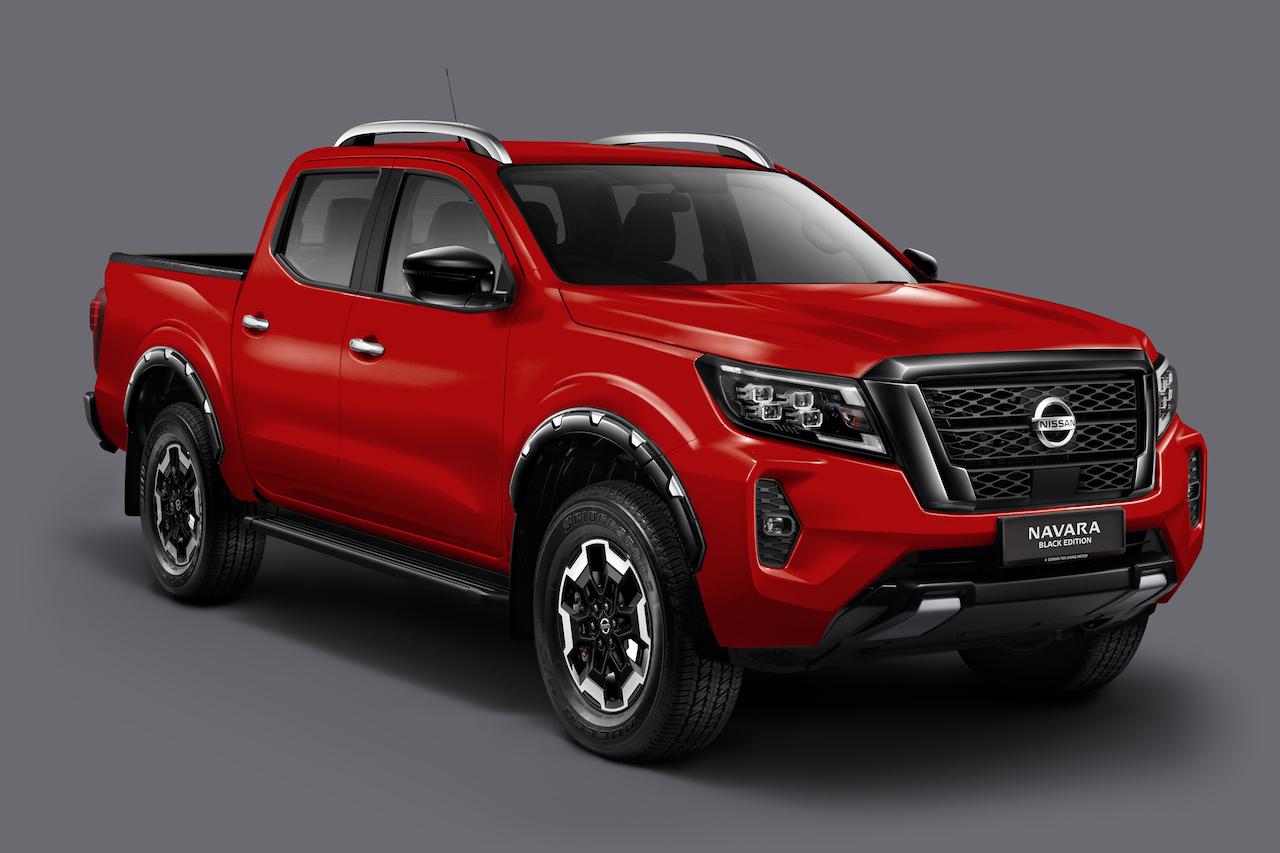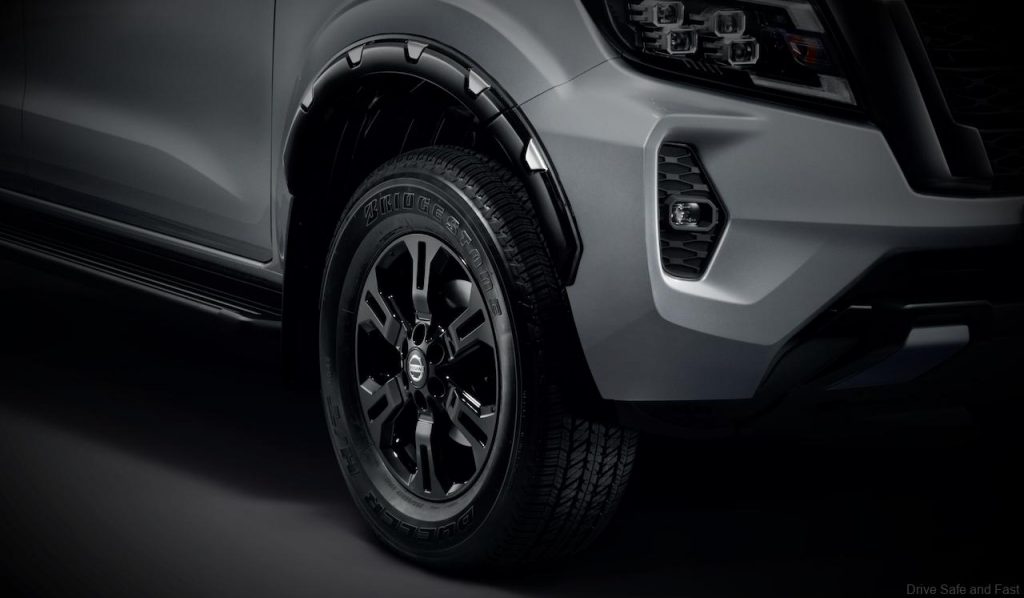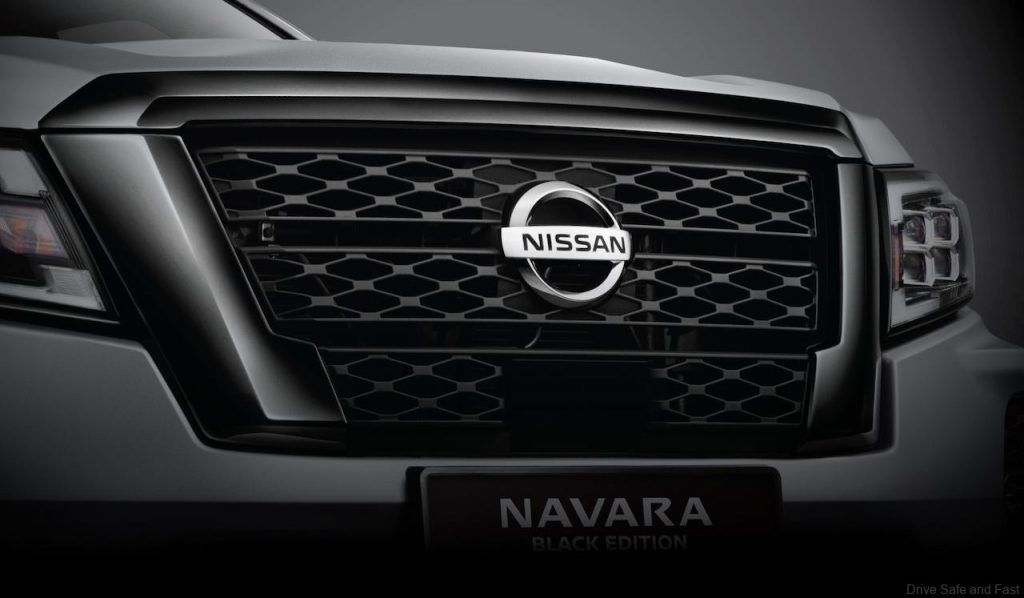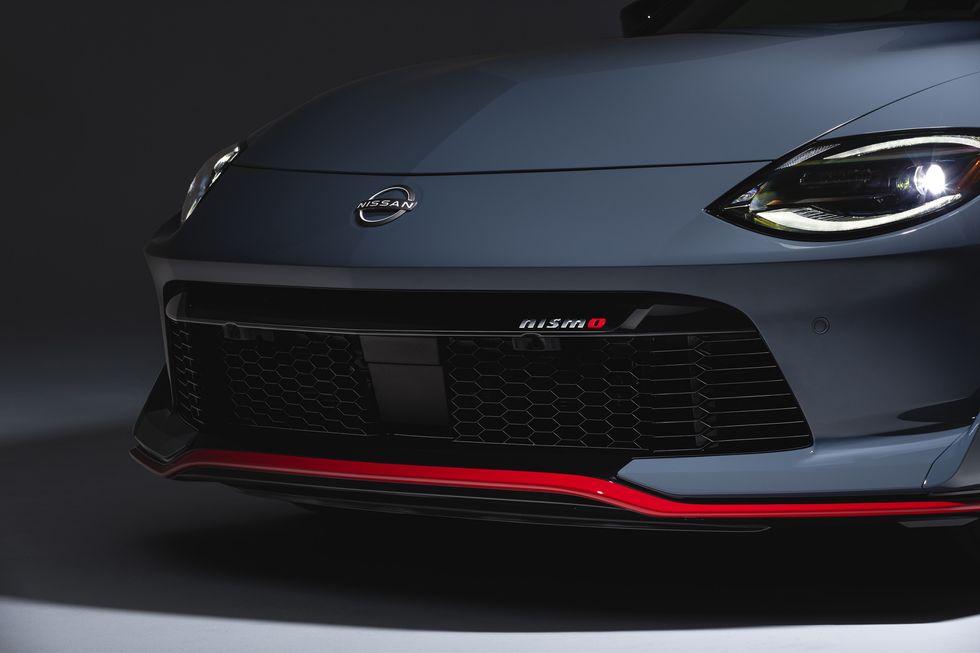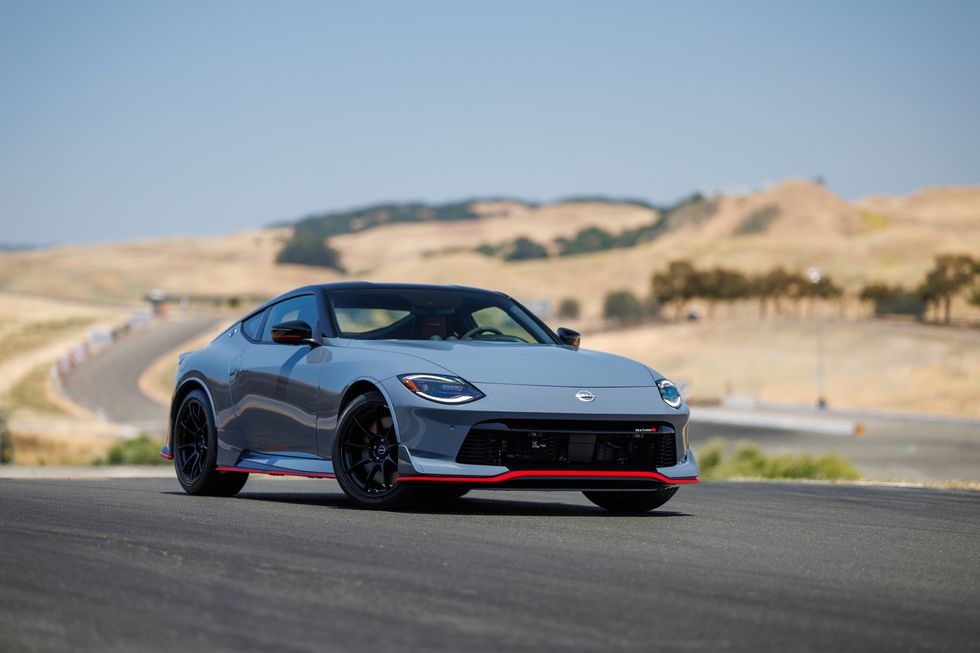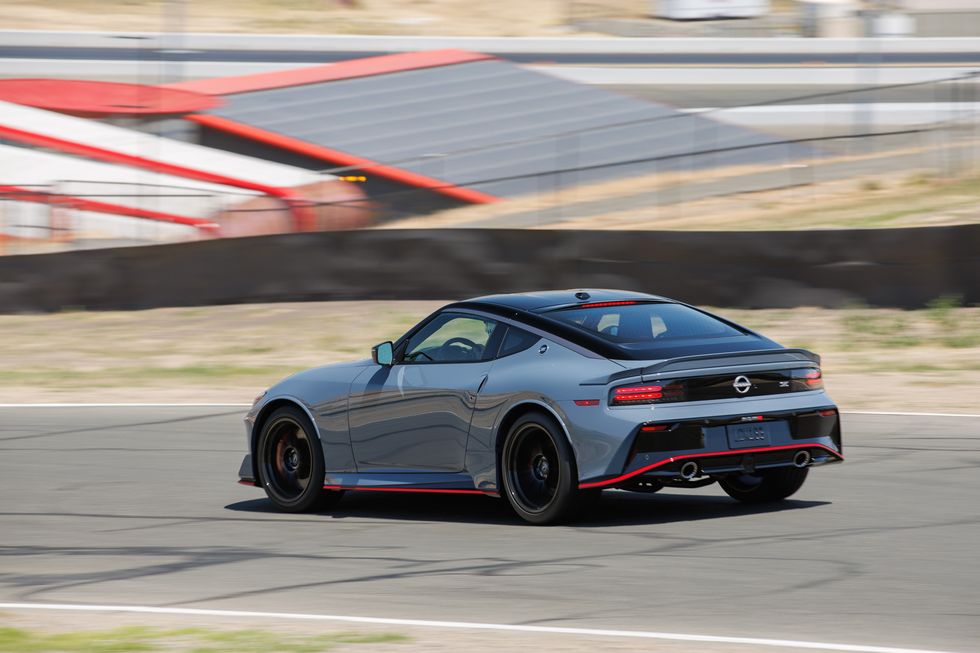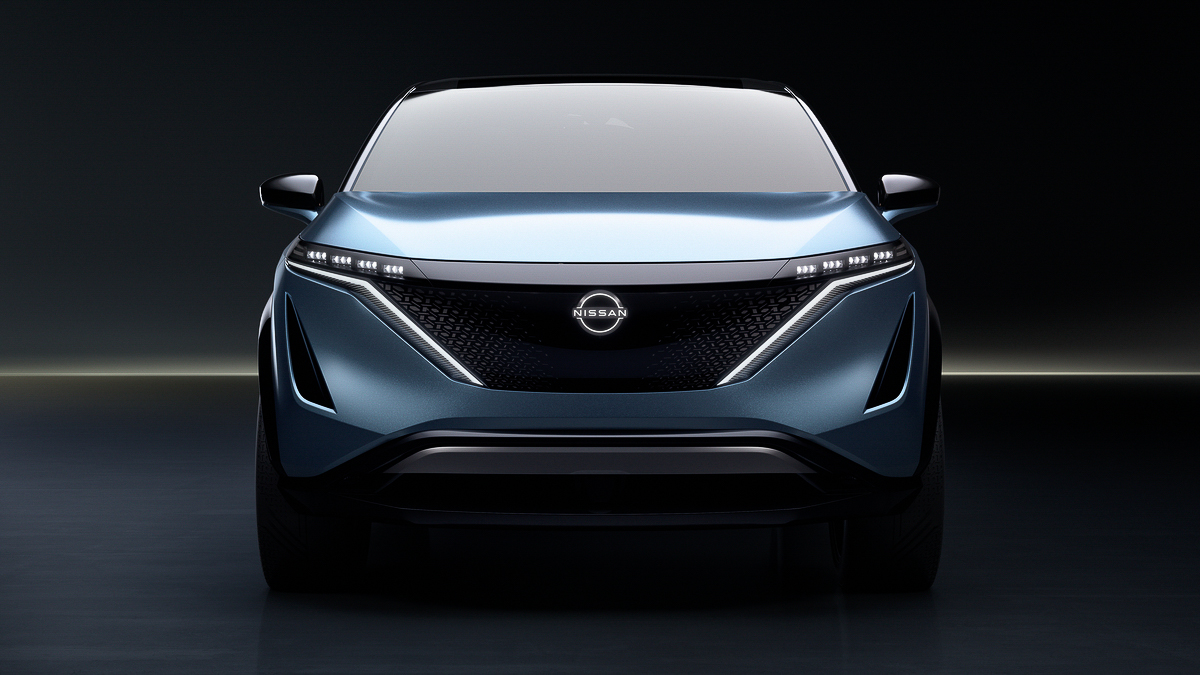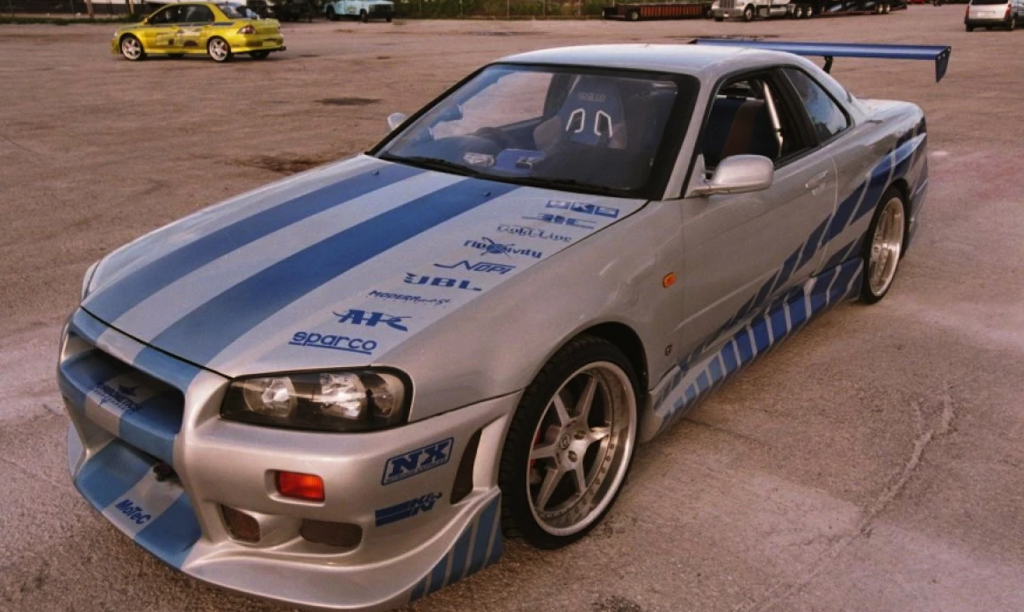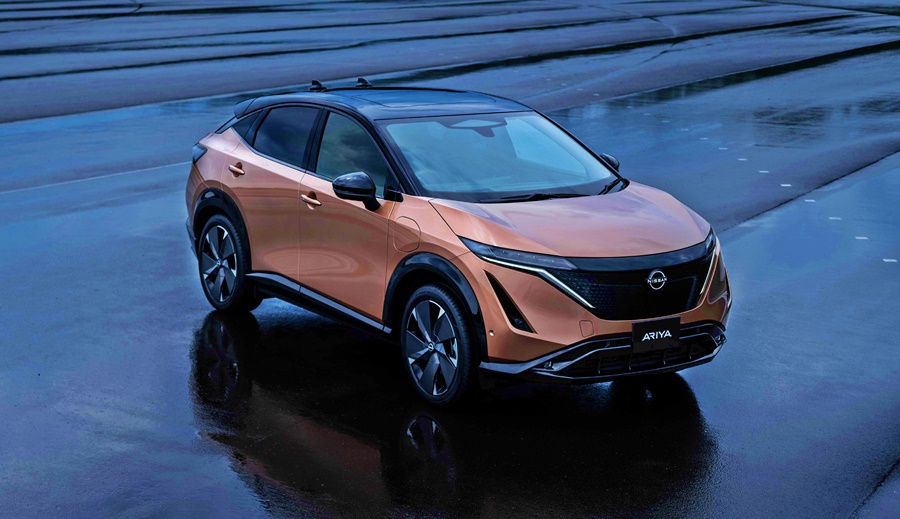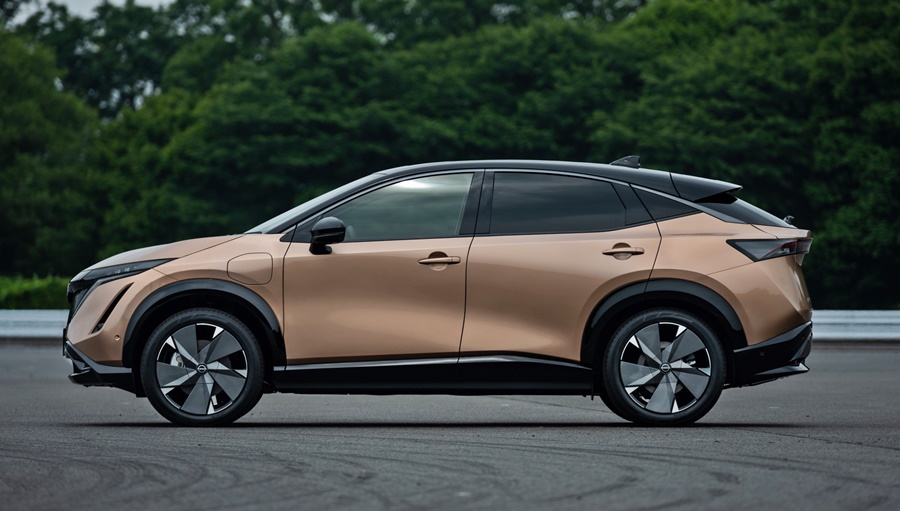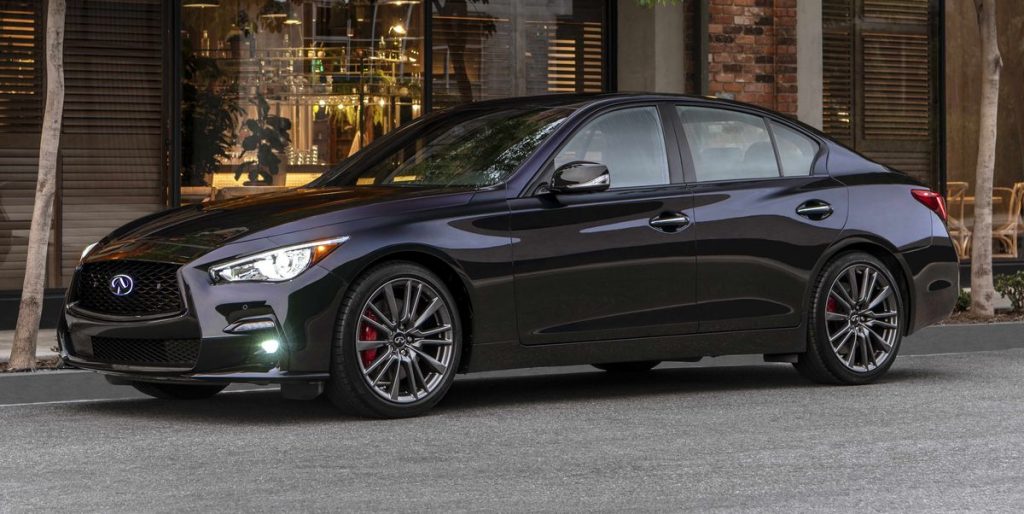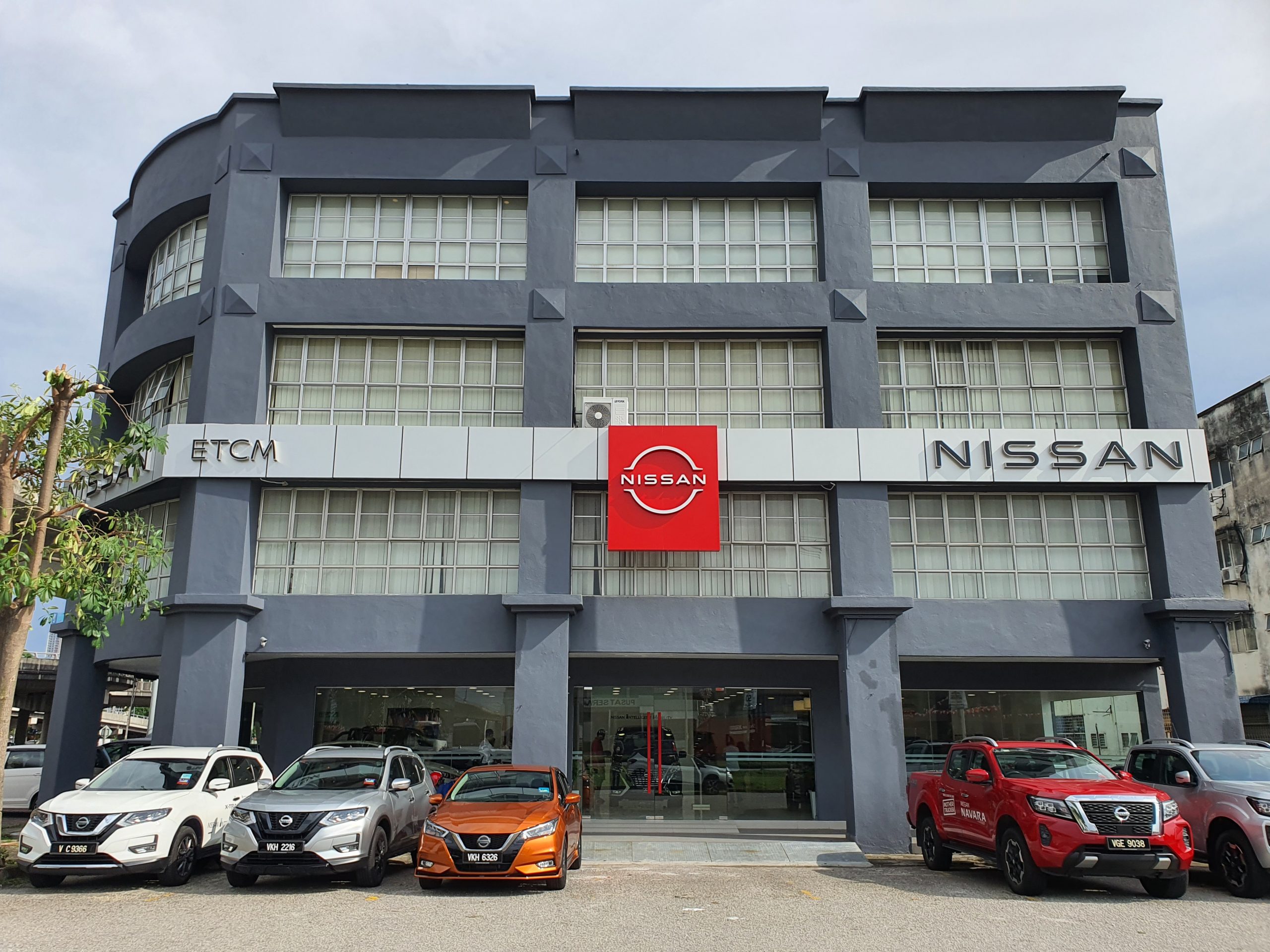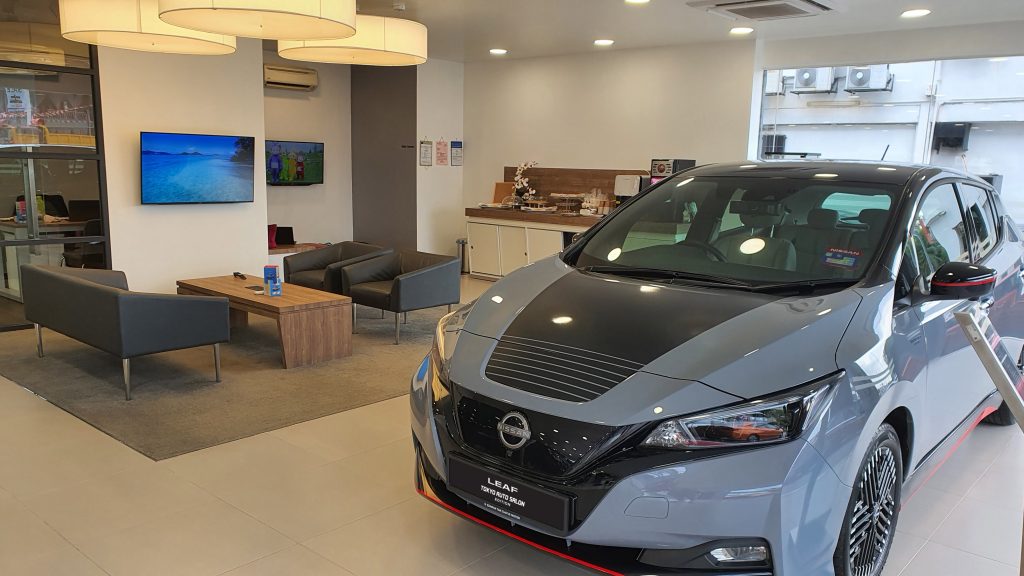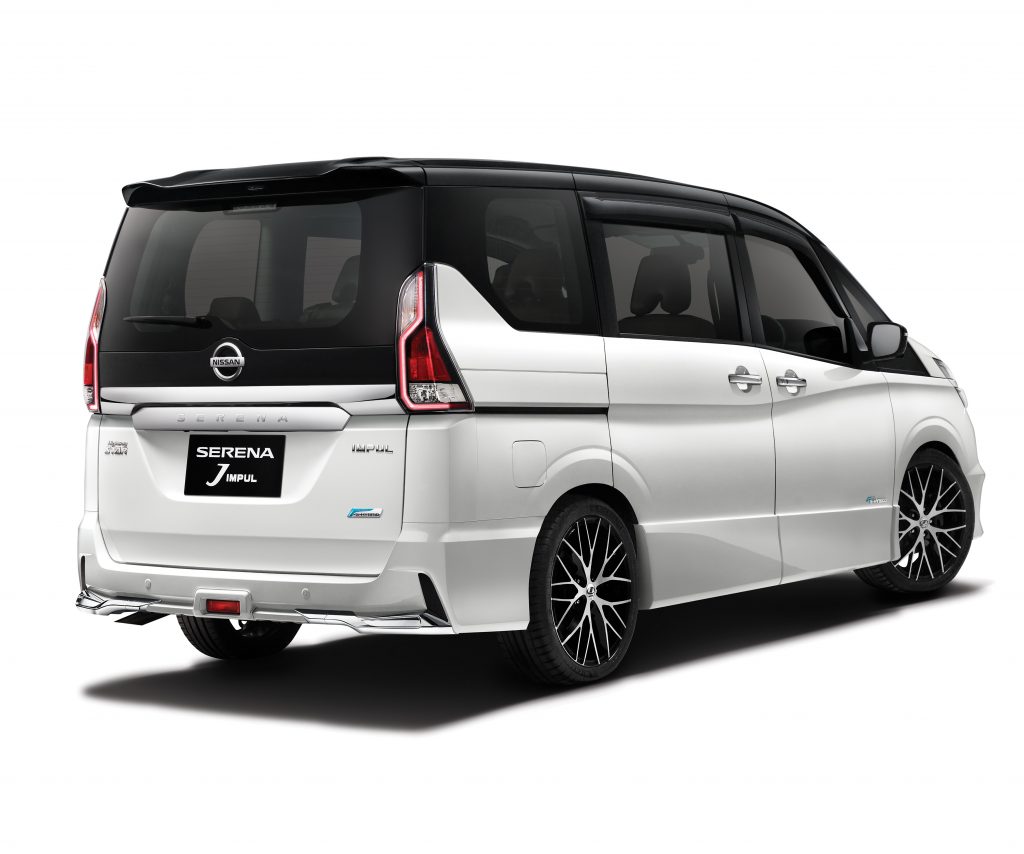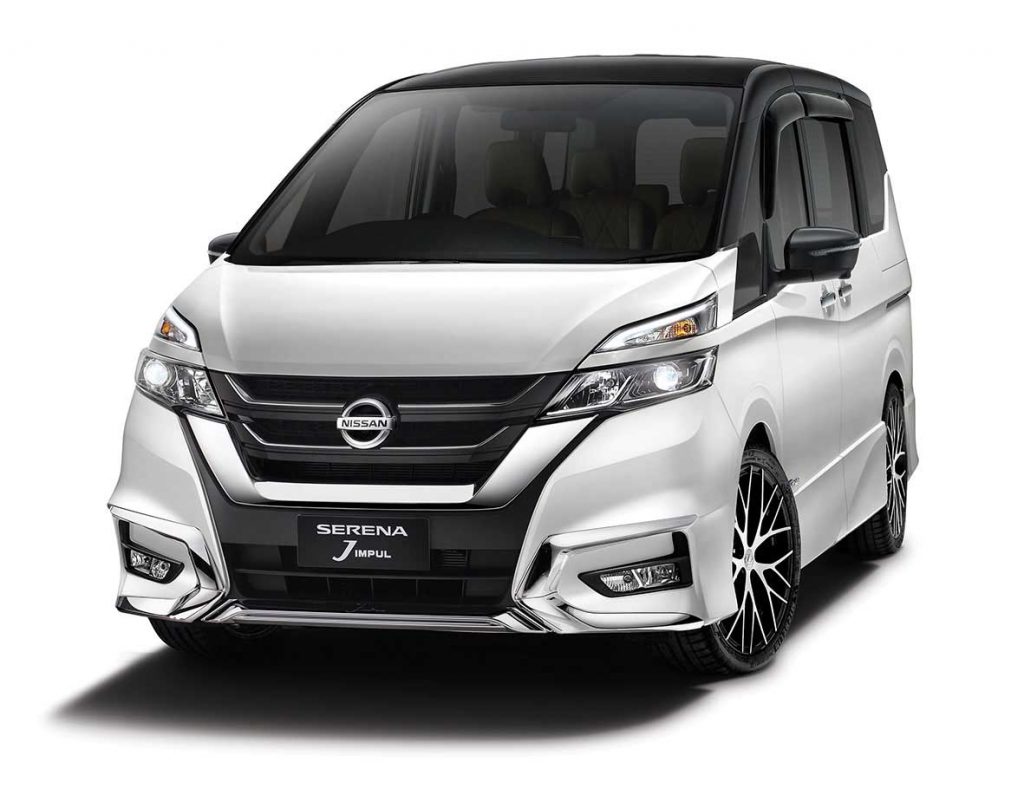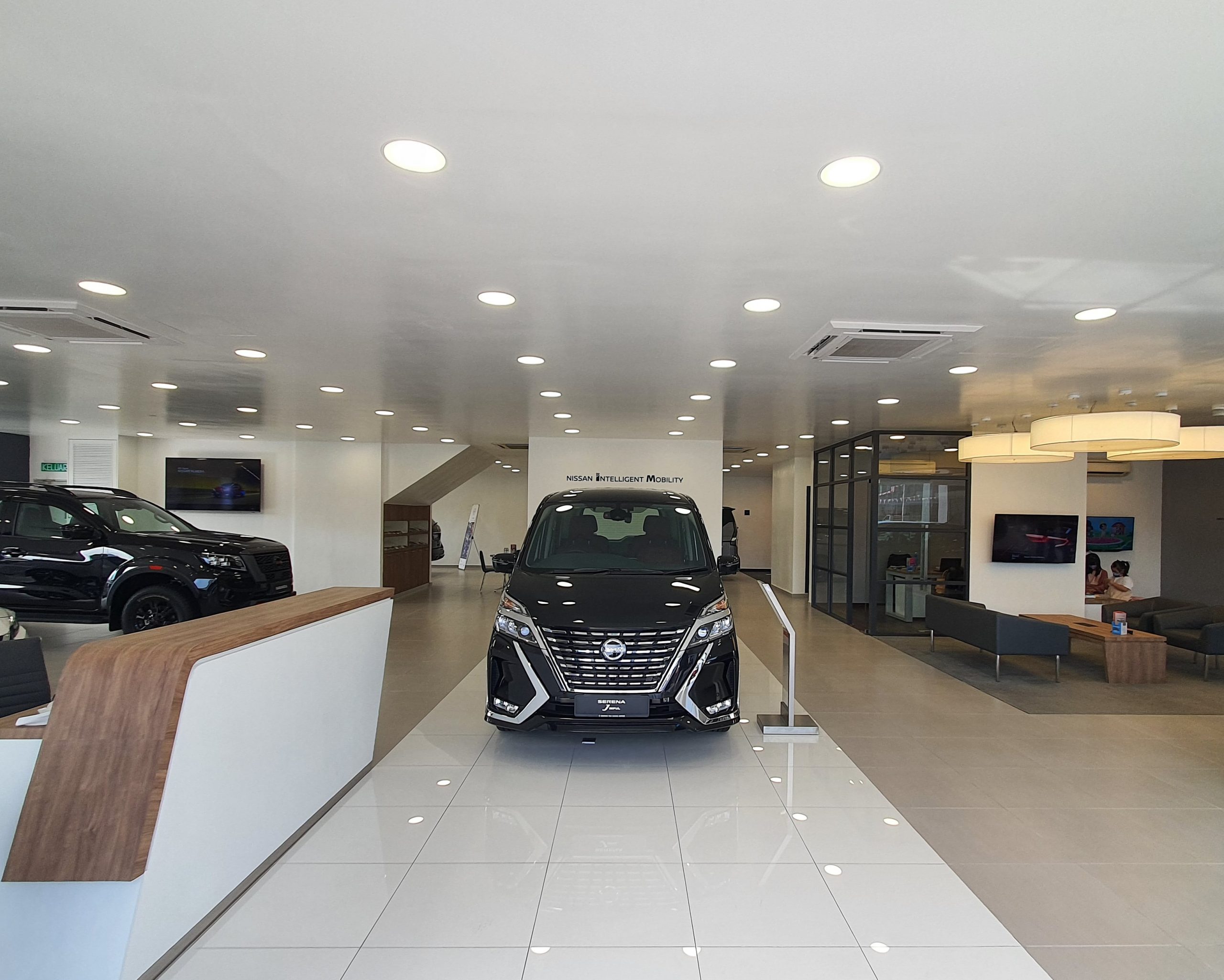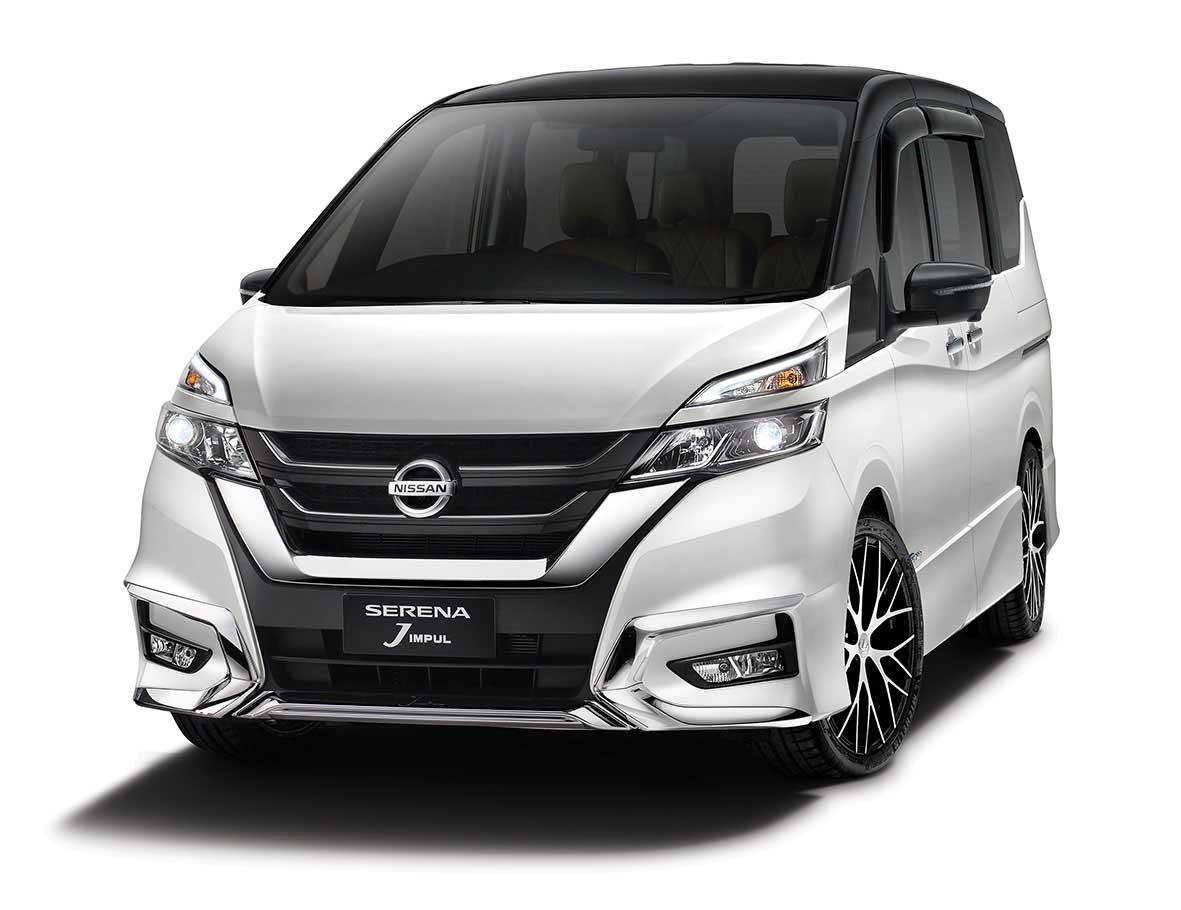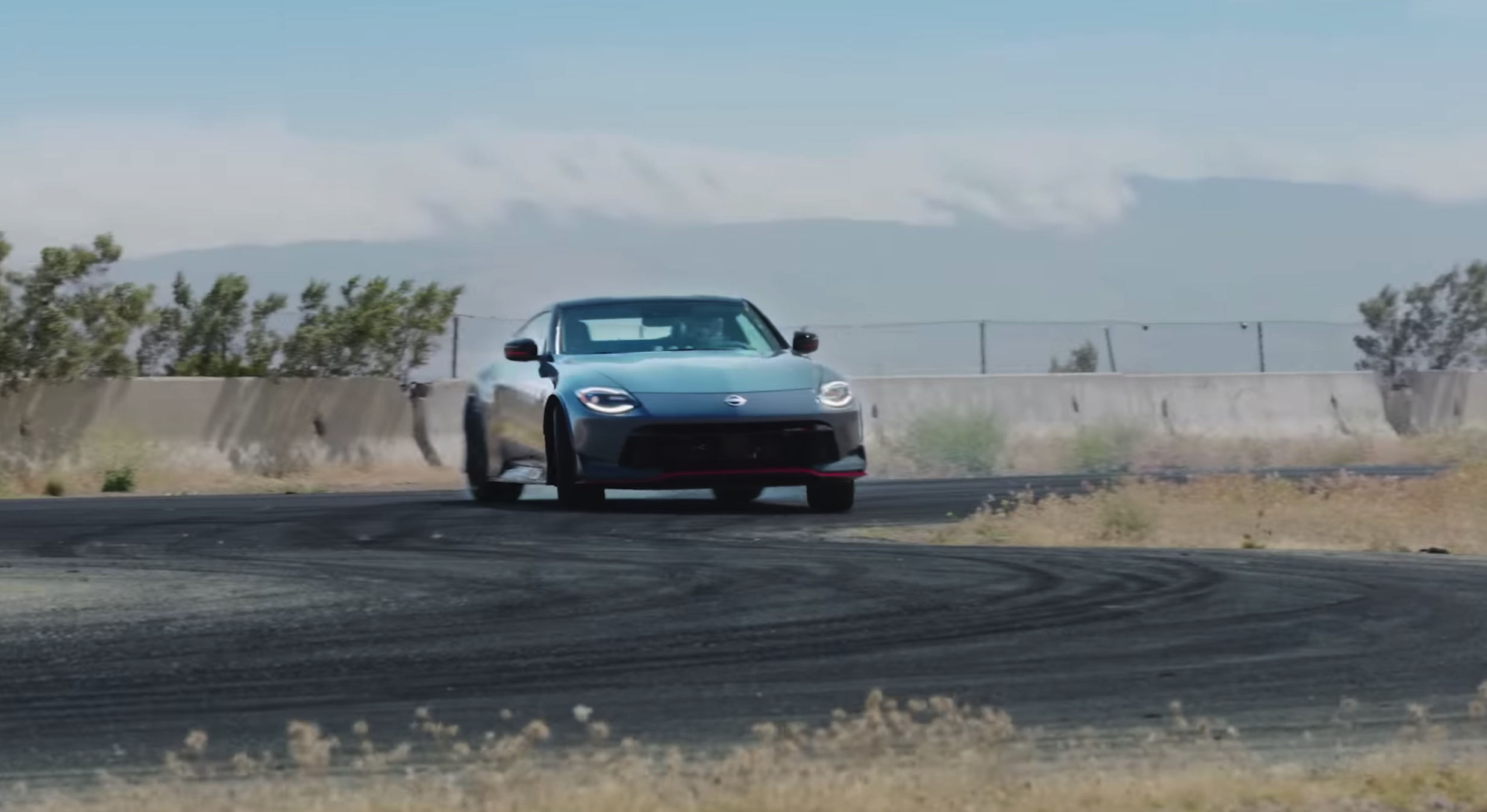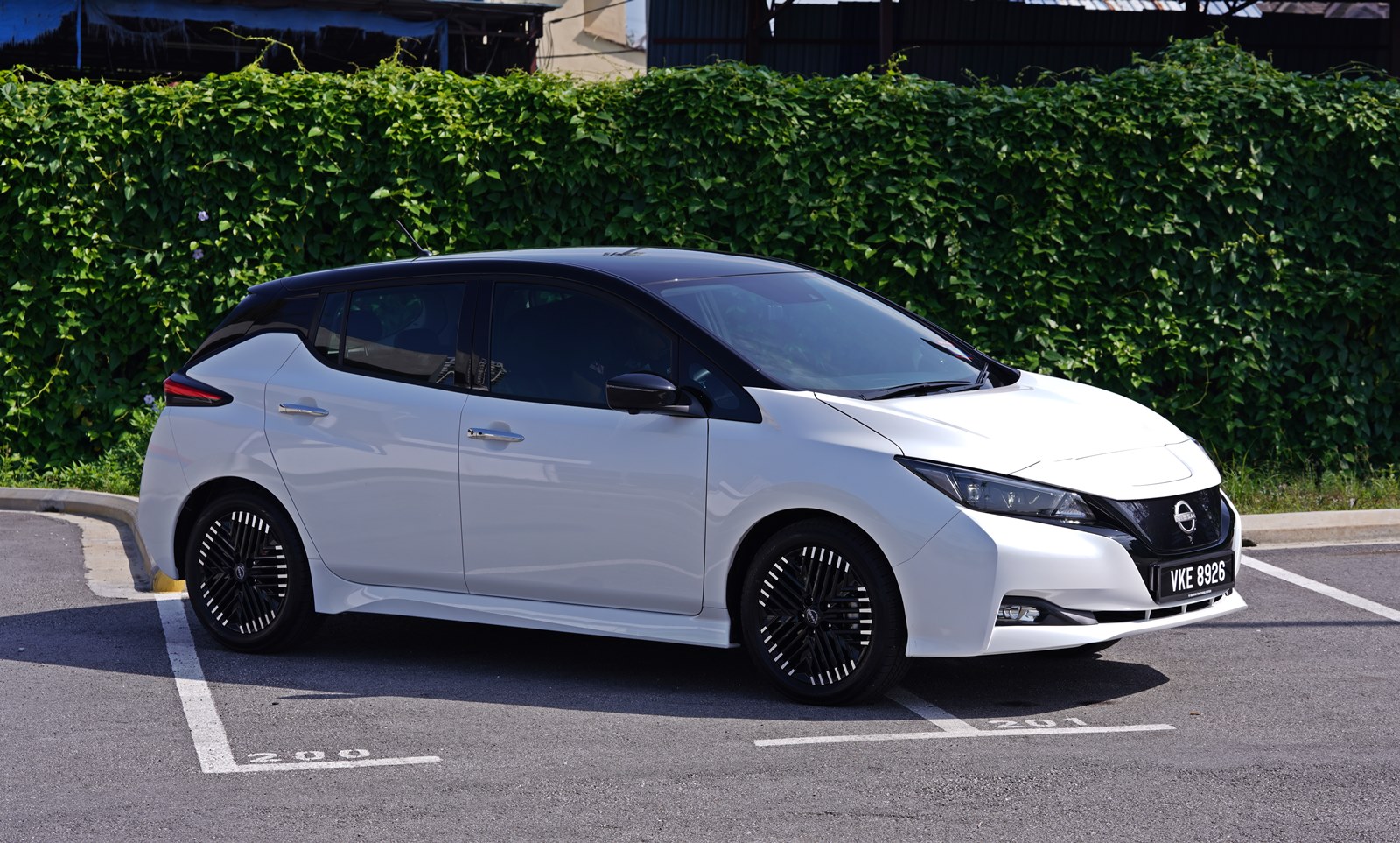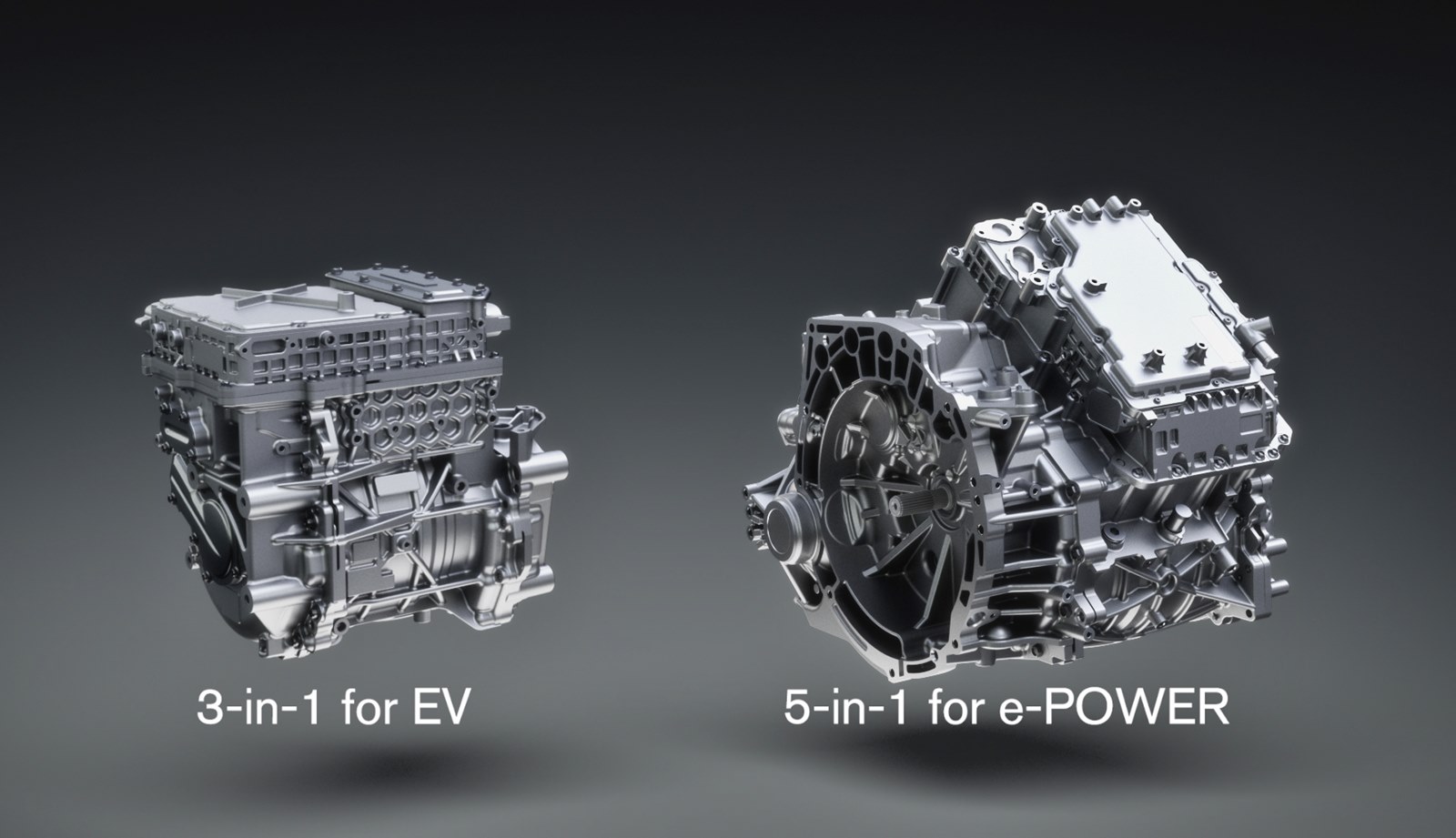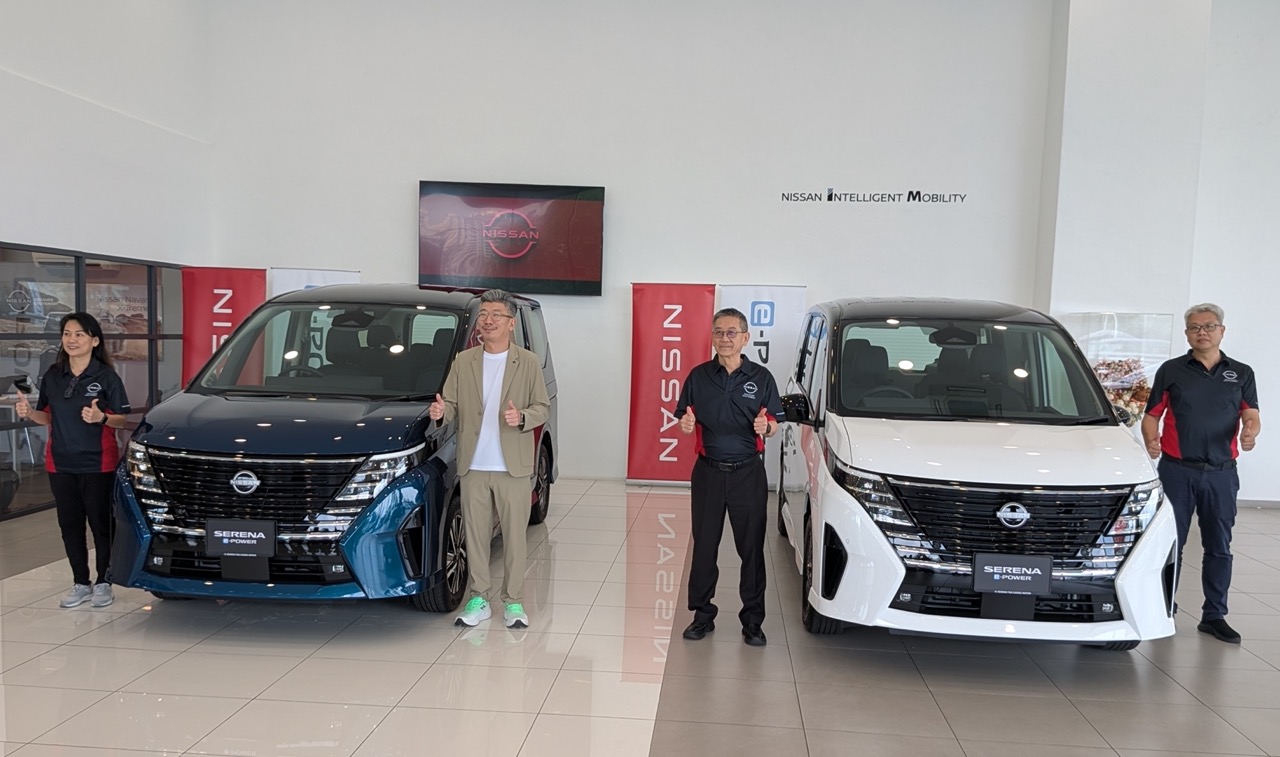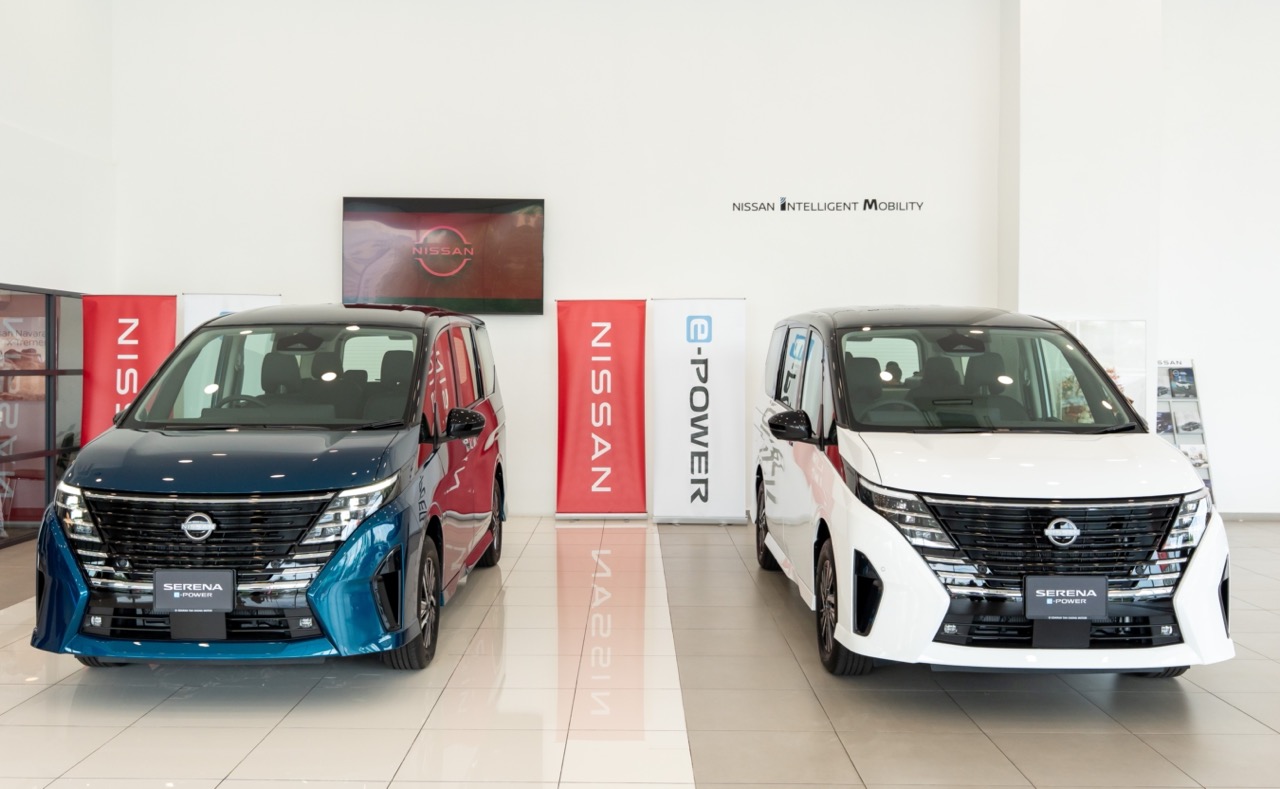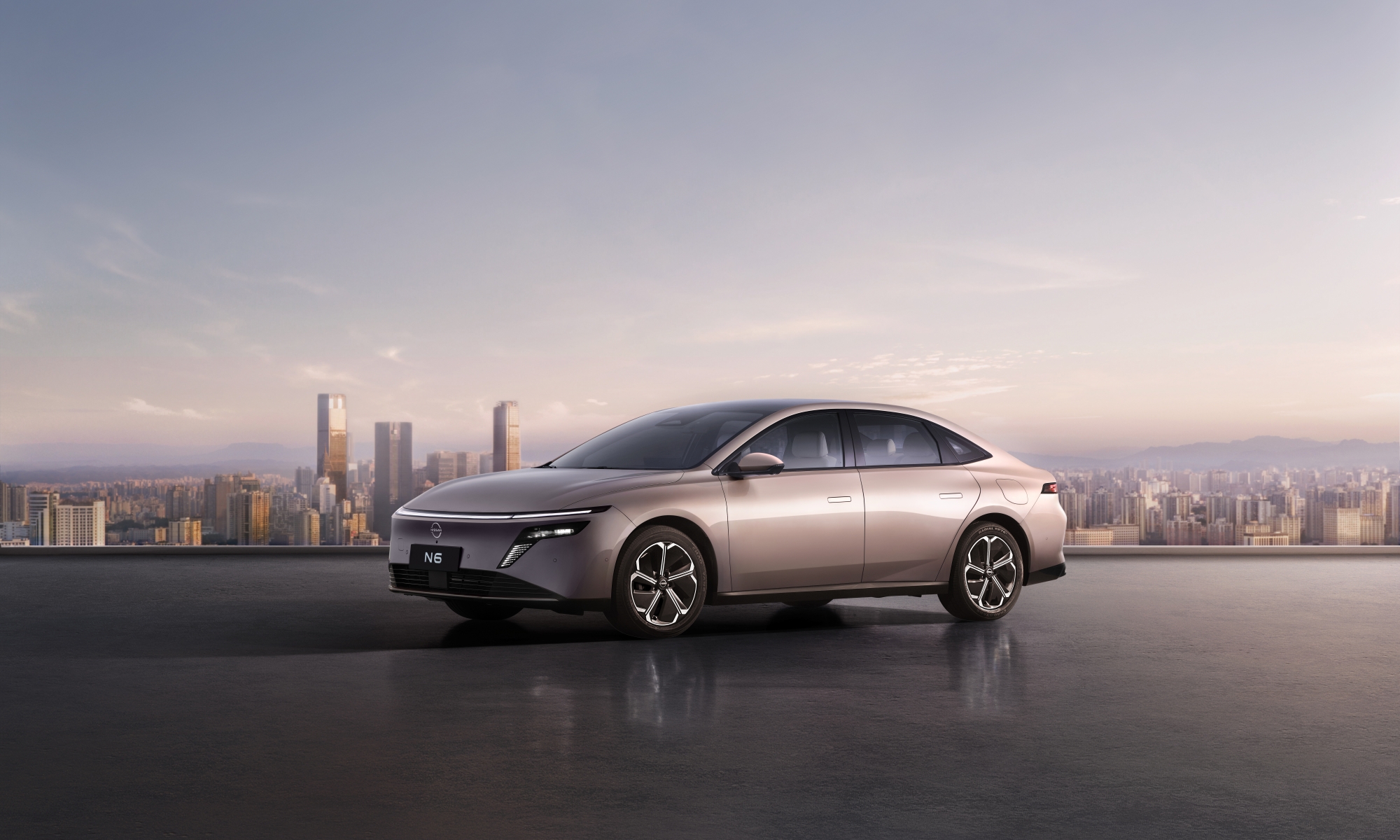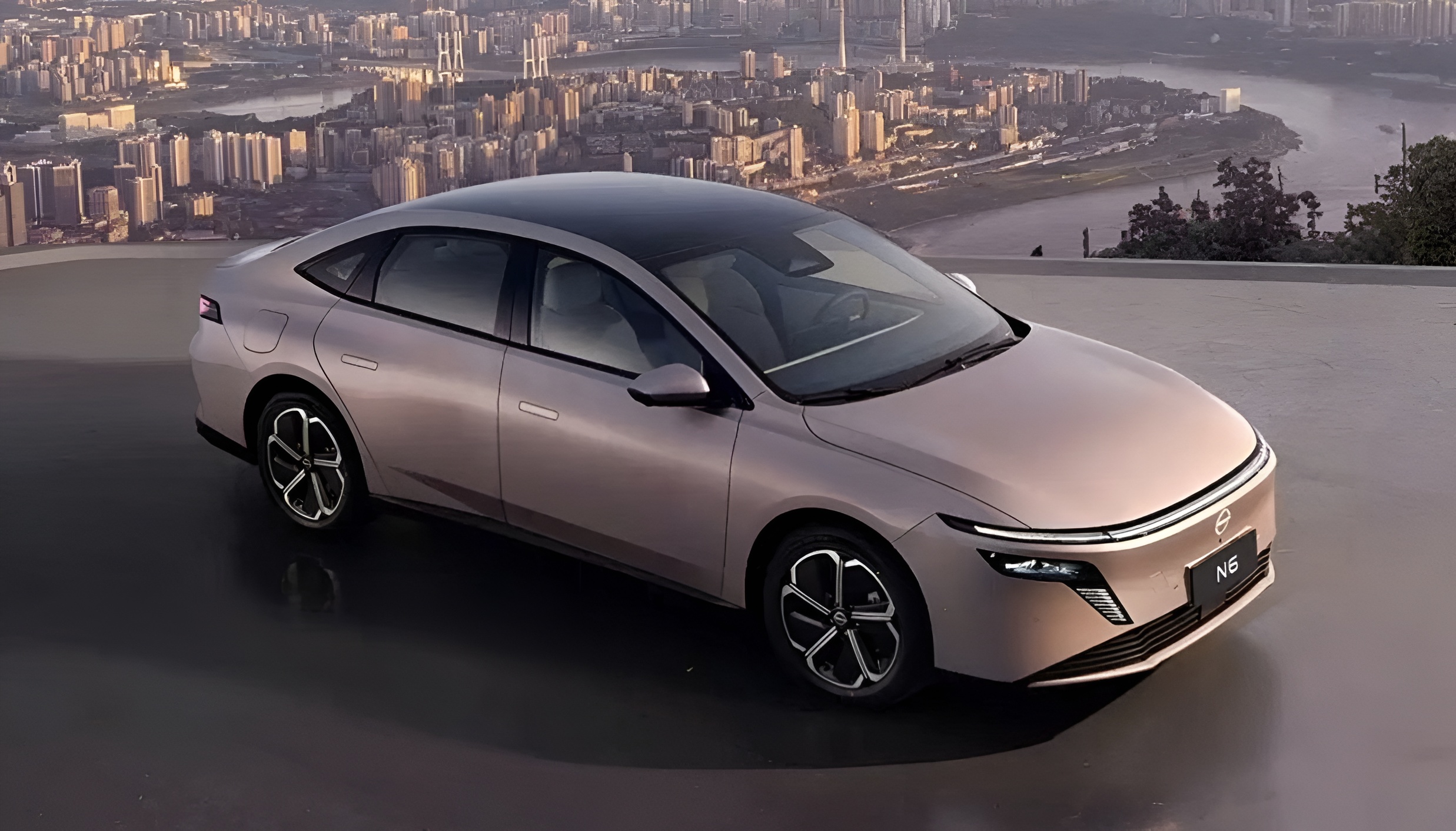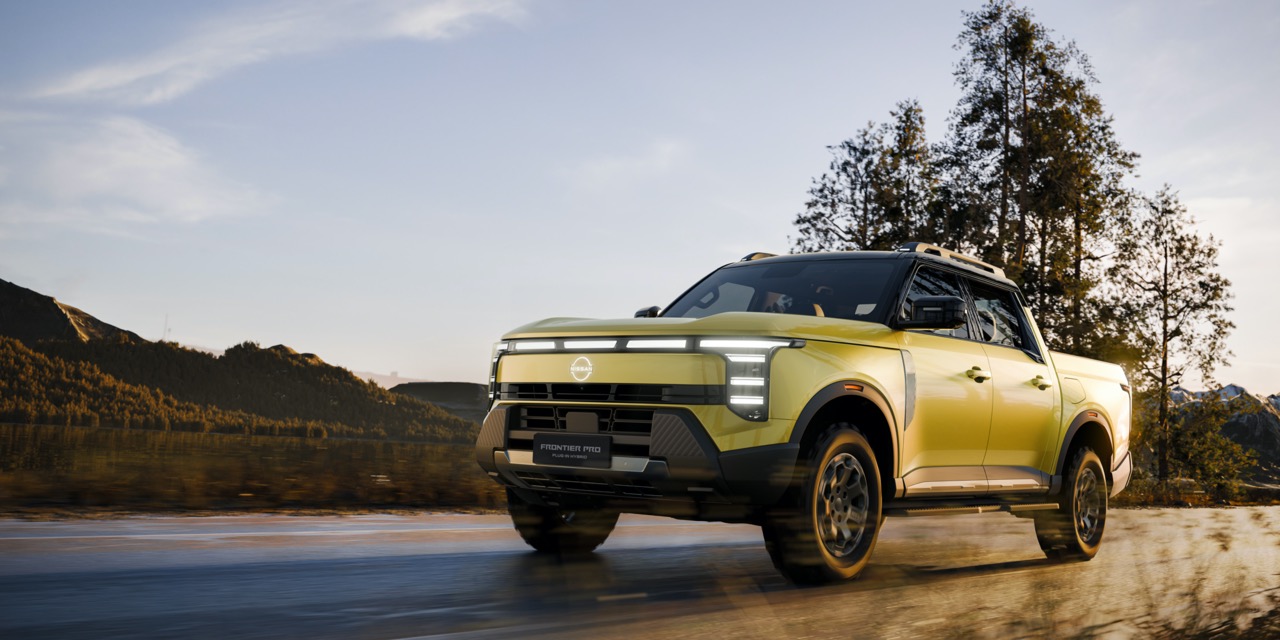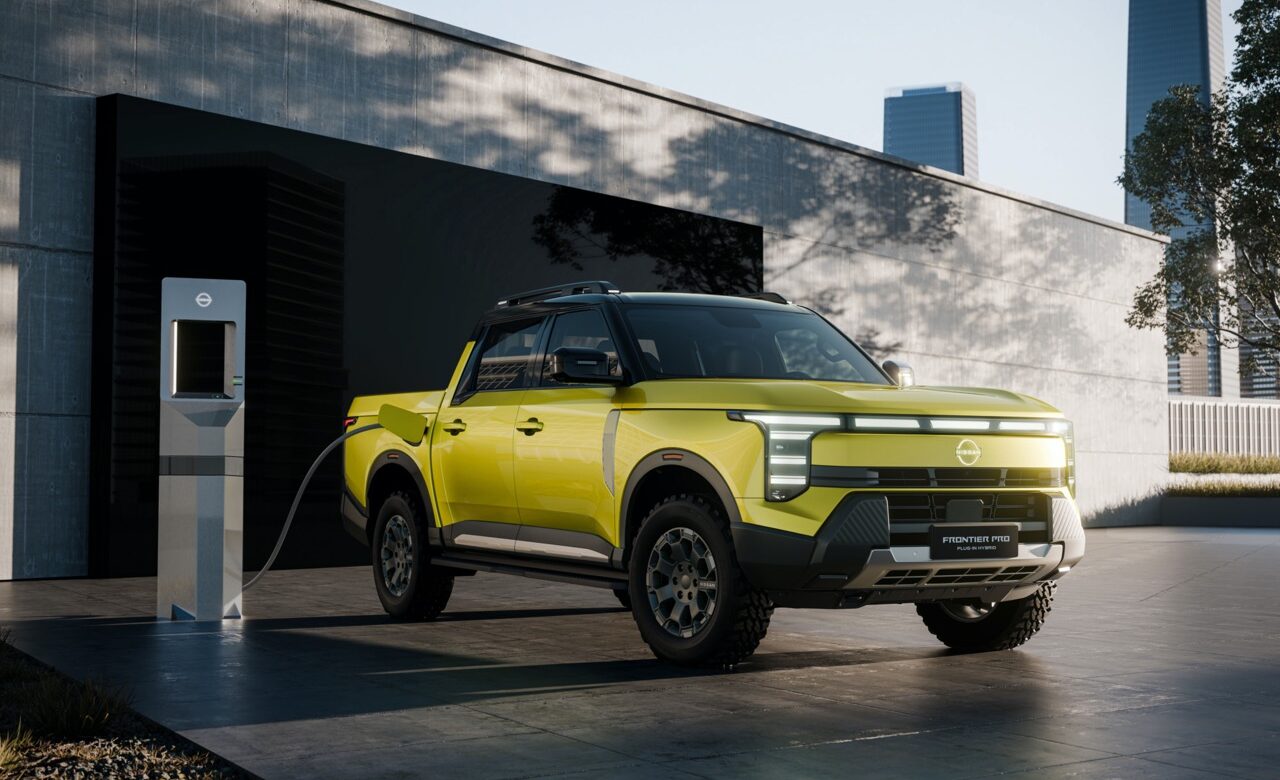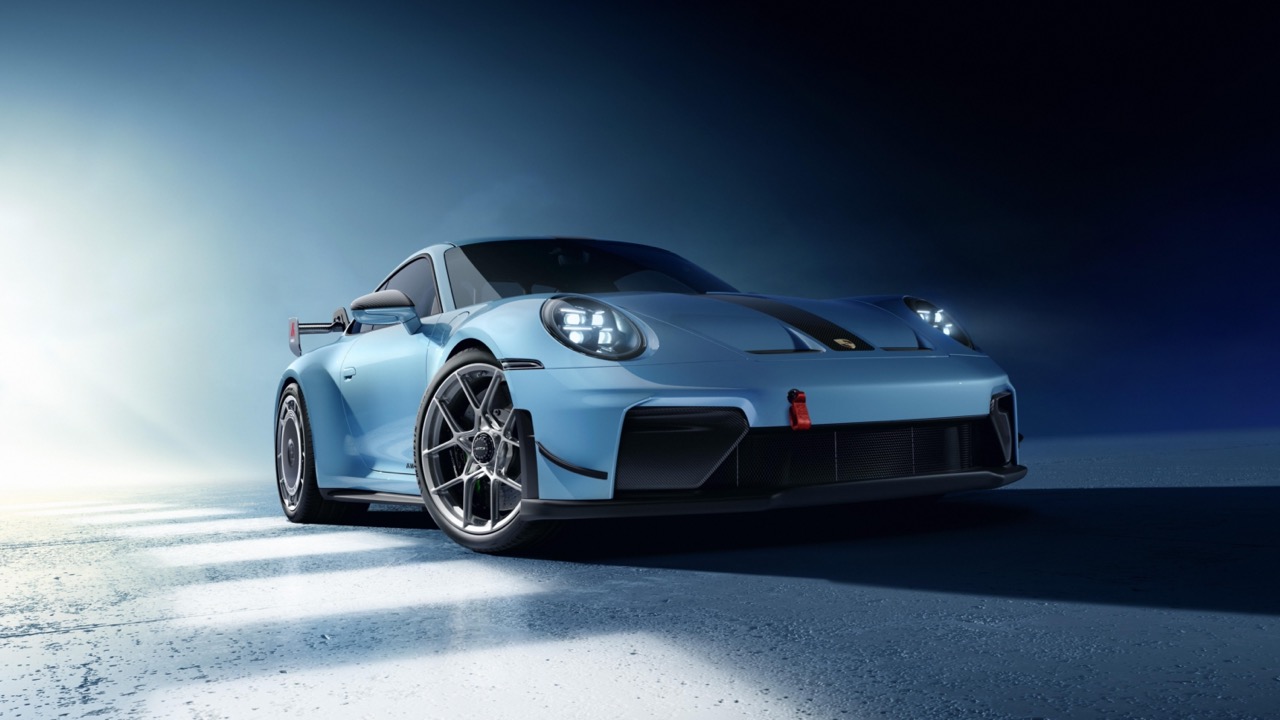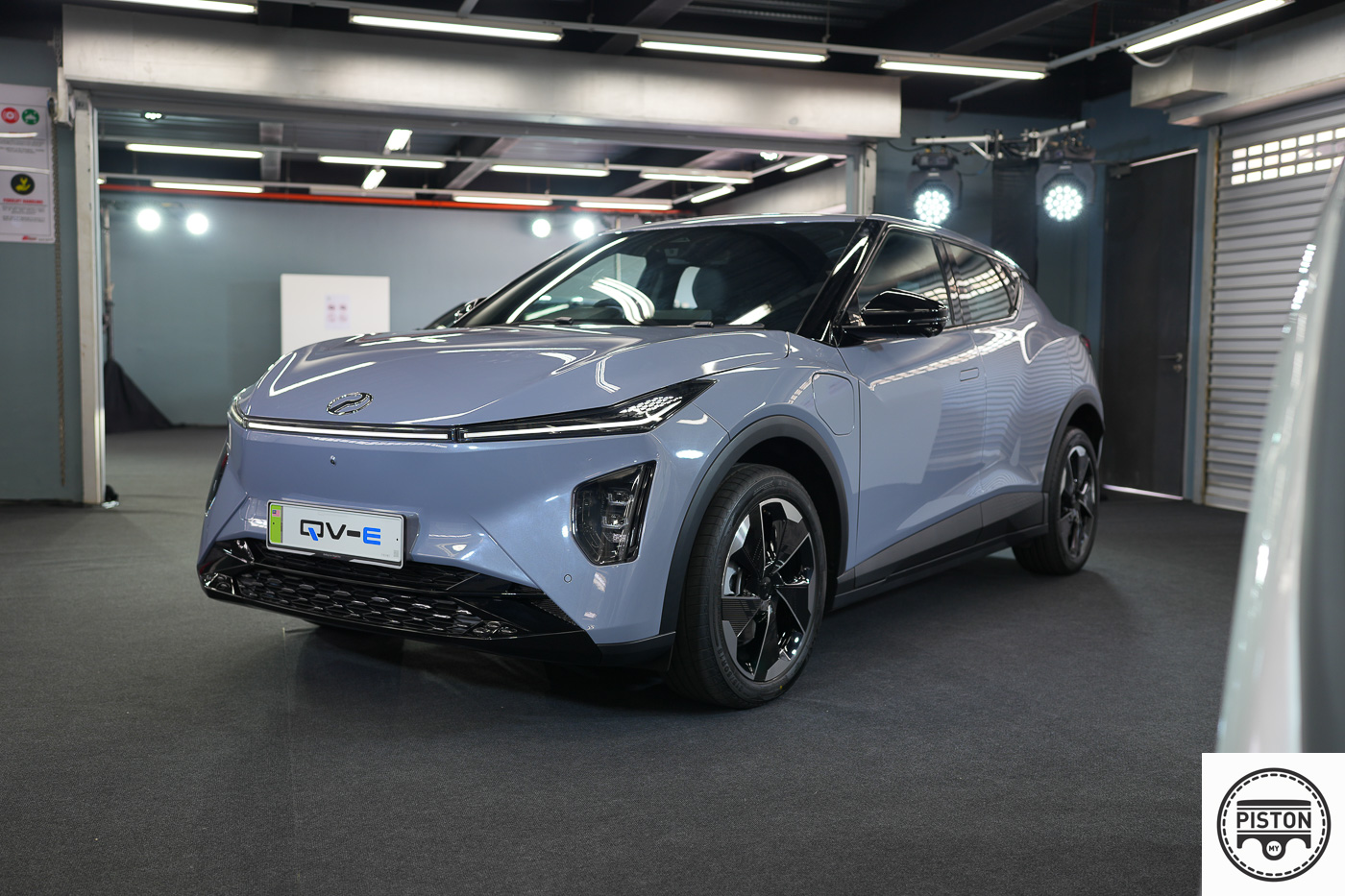Nissan’s introduction of the 2024 Nissan Frontier Hardbody Edition celebrates a feeling of nostalgia. This brand-new truck from the Frontier series pays homage to the storied Nissan Hardbody from the 1980s by merging vintage design cues with modern engineering to create a truck that will stand out both on and off the road.
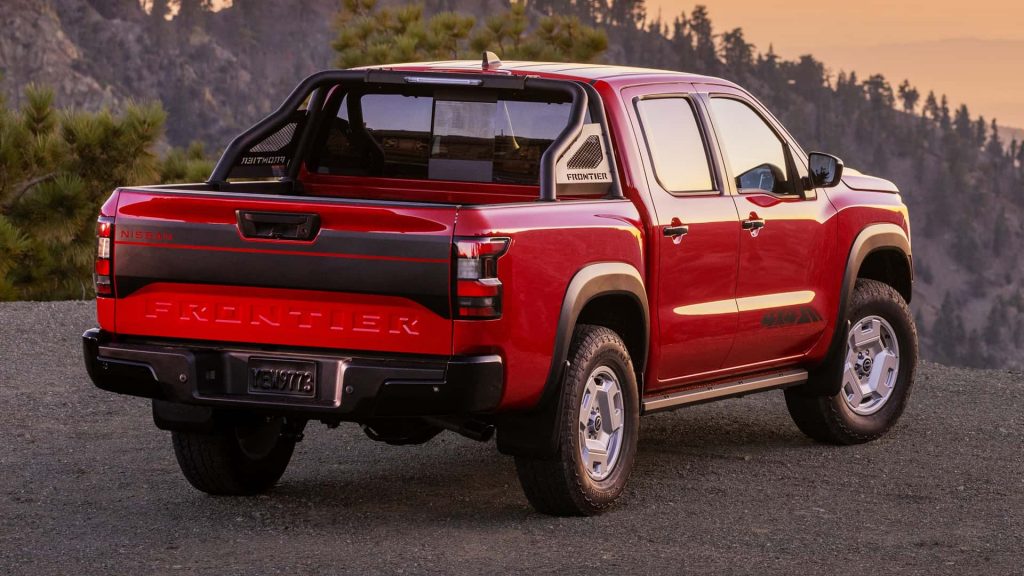
The thrilling Hardbody Edition, which pays homage to the renowned pickup from the 1980s, is a feature of the 2024 Nissan Frontier. This historical replica has all-terrain tyres on 17-inch wheels that are modelled after the original design.
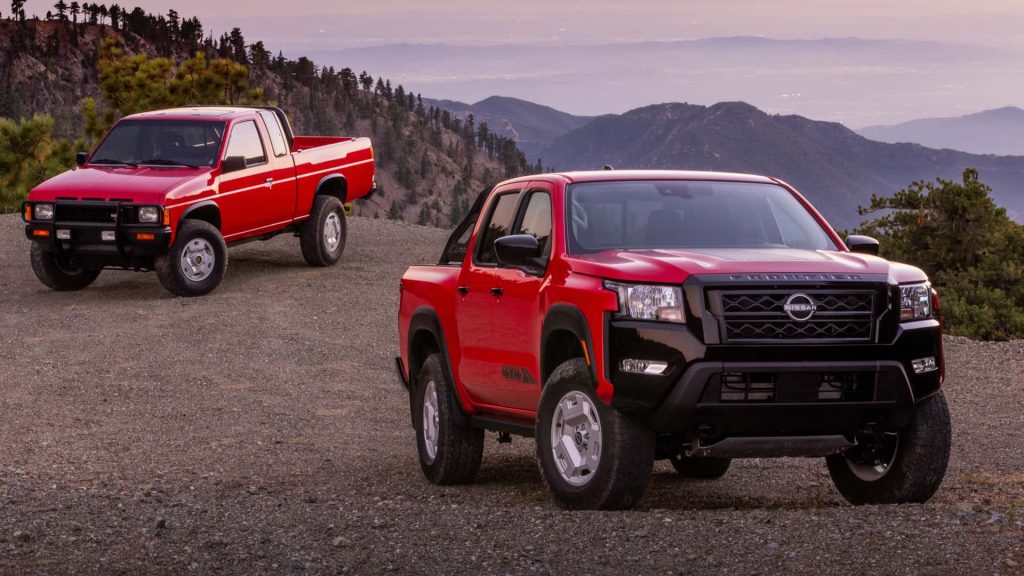
The Hardbody Edition package pays meticulous attention to detail, coating the bumpers, mirrors, door handles, and grille in sleek black paint, creating a unified and stylish appearance. The truck is further adorned with bold black graphics that prominently display the “4×4” logo on the front doors and feature a distinctive tailgate graphic featuring a cut-out “Nissan” logo, replacing the standard Nissan tailgate emblem.
(more…)
